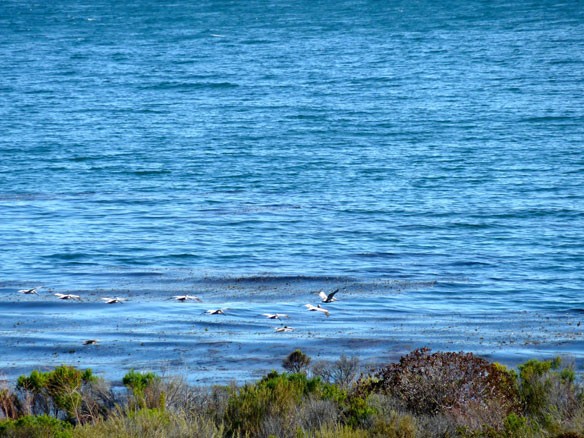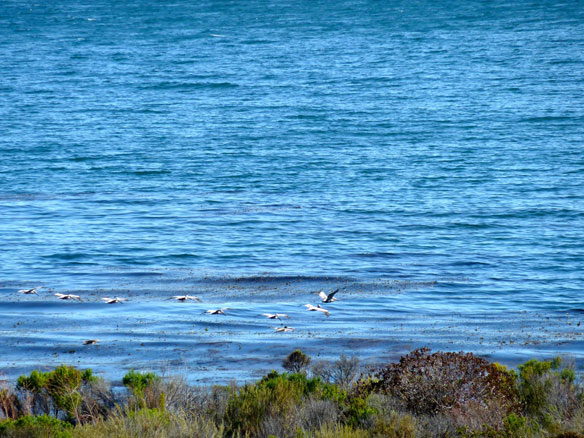
Photograph: © SAF – Coastal Care.
Excerpts;
Nine years ago tomorrow — April 20, 2010 — crude oil began leaking from the Deepwater Horizon drilling rig into the Gulf of Mexico in what turned out to be the largest marine oil spill in history. A long-term study suggests the oil is still affecting the salt marshes of the Gulf Coast, and reveals the key role that marsh grasses play in the overall recovery of these important coastal wetlands…
Read Full Article; Science Daily (04-19-2019)
BP oil spill did $17.2 billion in damage to natural resources, scientists find; Science Daily (04-20-2017)
The 2010 BP Deepwater Horizon oil spill did $17.2 billion in damage to the natural resources in the Gulf of Mexico, a team of scientists recently found after a six-year study of the impact of the largest oil spill in US history. This is the first comprehensive appraisal of the financial value of the natural resources damaged by the 134-million-gallon spill…
Deepwater Horizon disaster altered building blocks of ocean life; Guardian UK (06-28-2018)
The 2010 Deepwater Horizon oil spill disaster may have had a lasting impact upon even the smallest organisms in the Gulf of Mexico, scientists have found – amid warnings that the oceans around America are also under fresh assault as a result of environmental policies underTrump…
Thirty years after Exxon Valdez, the response to oil spills is still all wrong; Guardian UK (03-26-2019)
Chemicals used to clean up spills have harmed marine wildlife, response workers and coastal residents. The EPA must act…
A 14-year-long oil spill in the Gulf of Mexico verges on becoming one of the worst in U.S. history; The Washington Post (10-21-2018)
An oil spill that has been quietly leaking millions of barrels into the Gulf of Mexico has gone unplugged for so long that it now verges on becoming one of the worst offshore disasters in U.S. history. Between 300 and 700 barrels of oil per day have been spewing from a site 12 miles off the Louisiana coast since 2004…









